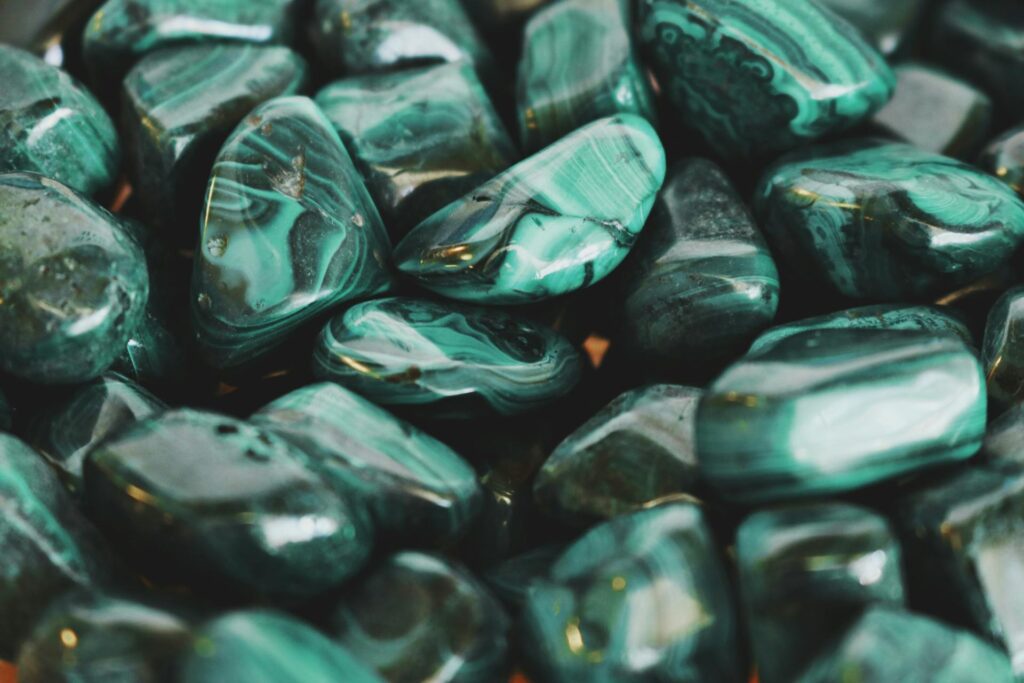Let me share something extraordinary: In Qatar’s capital, where interior designer in Doha transforms spaces into palatial masterpieces, there’s a design revolution happening that makes European luxury look positively understrained. We’re witnessing the renaissance of classical interior design where hand-carved marble fountains are considered basic elements, and where “entry-level luxury” means your crystal chandelier might cost as much as a small yacht. Welcome to a world where traditional Qatari grandeur meets timeless European classical design – creating something entirely unique and breathtakingly magnificent.
The Marriage of Classical and Arabian Heritage
What I discovered in Doha’s most exclusive residences defies imagination. Picture this: You enter through towering double doors inlaid with mother-of-pearl, into foyers where Italian marble meets intricate Arabian geometric patterns. The ceilings soar to heights that would make Versailles proud, adorned with hand-painted frescoes that blend Renaissance techniques with Islamic artistry. Each room tells a story of cultural fusion, where centuries-old European craftsmanship embraces Middle Eastern opulence.
The most captivating aspect isn’t just the lavish materials (though we’ll certainly explore those). It’s how Doha’s master designers orchestrate a perfect harmony between classical European elements and traditional Arabic architectural principles. Imagine Louis XV-style furniture upholstered in silk damask featuring subtle Islamic patterns, or Baroque-inspired moldings that incorporate delicate Arabic calligraphy. Every detail is thoughtfully curated to create spaces that feel both timeless and culturally authentic.
Essential Elements of Doha’s Classical Luxury
The foundation of classical luxury interior design in Doha rests upon these magnificent elements:
- Architectural Grandeur: Soaring columns, dramatic arches, and intricate cornices that blend European and Arabic architectural traditions
- Material Excellence: Rare marbles, exotic hardwoods, and precious metals incorporated into every surface
- Artistic Integration: Hand-painted murals and mosaics that tell stories of both cultures
- Custom Craftsmanship: Bespoke furniture pieces created by master artisans from around the world
- Lighting Mastery: Crystal chandeliers and custom-designed fixtures that create theatrical ambiance
The Art of Classical Space Planning
The genius of Doha’s classical interior design lies in its approach to space planning. Traditional majlis rooms are reimagined through the lens of European salon design, creating grand reception areas that honor both cultures’ dedication to hospitality. These spaces feature symmetrical layouts, a hallmark of classical design, while maintaining the traditional Arabic emphasis on privacy and family spaces.
What truly sets these interiors apart is their attention to proportions. Classical design principles dictate specific ratios for everything from room dimensions to furniture placement, creating spaces that feel inherently harmonious. In Doha, these principles are adapted to accommodate the grander scale preferred in Gulf architecture, resulting in rooms that feel both intimate and impressive.
Materials and Craftsmanship: The Foundation of Luxury
The material palette in Doha’s classical interiors reads like a global inventory of luxury: Italian Calacatta marble, French walnut burl, and Russian malachite often appear in a single room. But it’s not just about using expensive materials – it’s about how they’re used. Master craftsmen spend months hand-carving single marble fireplace mantels, while artisans from Venice apply gold leaf to ceiling details with techniques unchanged since the Renaissance.

The investment in these spaces is staggering. A single hand-knotted silk carpet might take years to complete, and custom furniture pieces are often crafted by workshops that have served European royalty for generations. But in Doha, this level of craftsmanship isn’t considered excessive – it’s expected.
The future of classical luxury in Doha is secure, anchored by a deep appreciation for timeless design and uncompromising quality. While other design trends come and go, this commitment to classical principles continues to define the city’s most prestigious interiors. The next generation of homeowners is embracing this heritage, ensuring that these traditions will be preserved and enhanced for years to come.
What’s particularly fascinating is how these classical interiors incorporate modern conveniences without compromising their historical integrity. Climate control systems are hidden behind ornate grilles, and lighting control panels are disguised within marble wall panels. It’s a perfect marriage of old-world luxury and contemporary comfort.
The influence of Doha’s classical interiors extends far beyond Qatar’s borders. Design professionals worldwide look to these spaces for inspiration in creating environments of ultimate luxury. The city has become a global benchmark for how to successfully blend different classical traditions while maintaining cultural authenticity.
So, what’s the takeaway? Doha’s classical interior design scene represents more than just extraordinary luxury – it’s a masterclass in cultural synthesis and uncompromising quality. While most of us may never experience these spaces firsthand, their influence on global design standards is undeniable. And remember: The next time you see a beautifully proportioned room or an exquisitely crafted detail, there’s a good chance its inspiration can be traced back to a palace in Doha.
Now, if you’ll excuse me, I need to explain to my accountant why researching hand-carved marble fountains counts as a business expense.